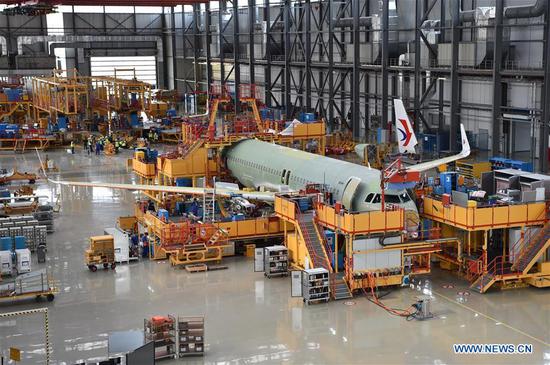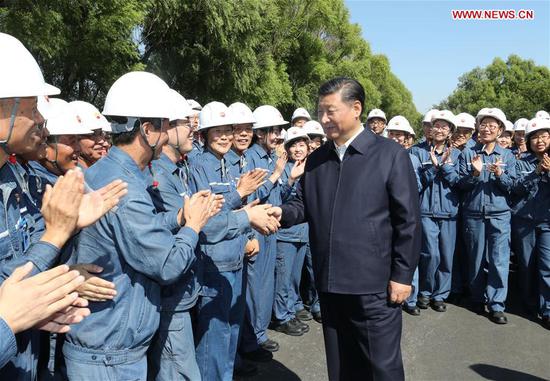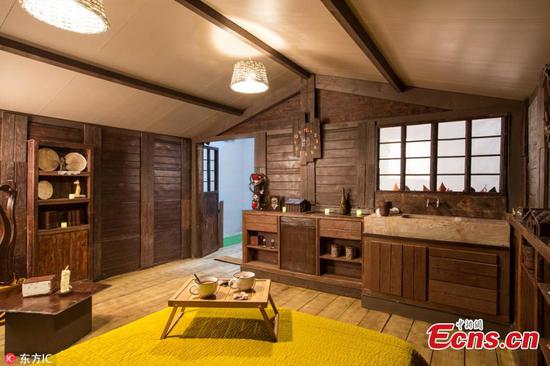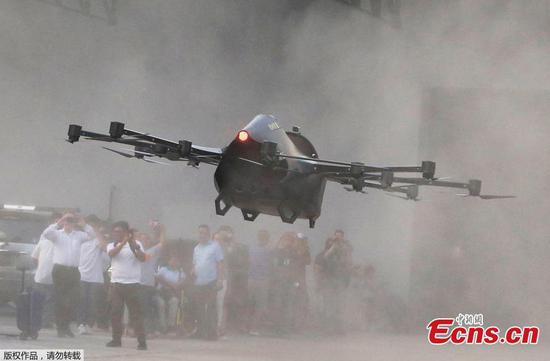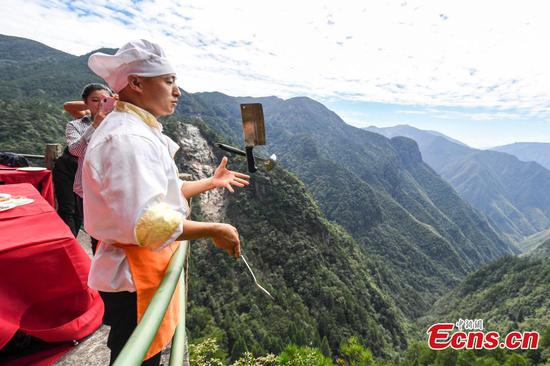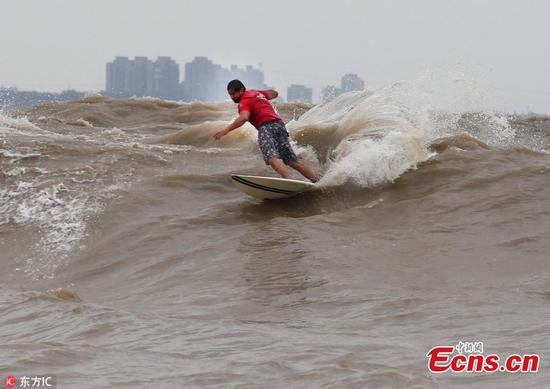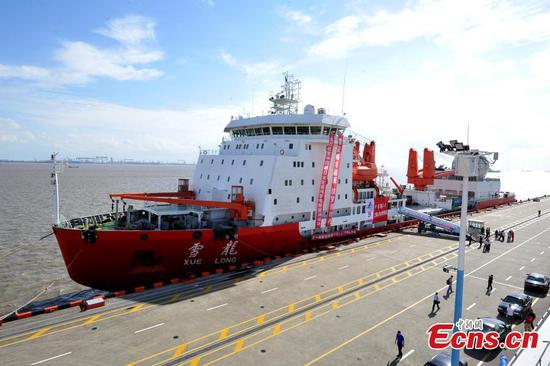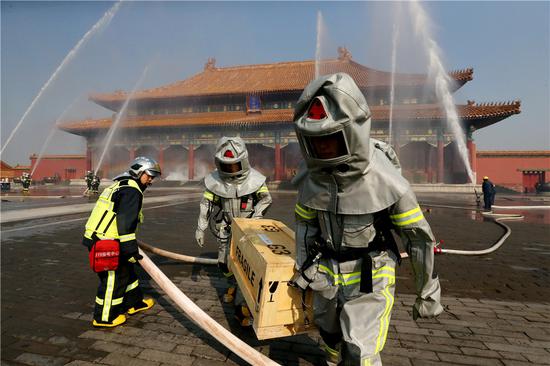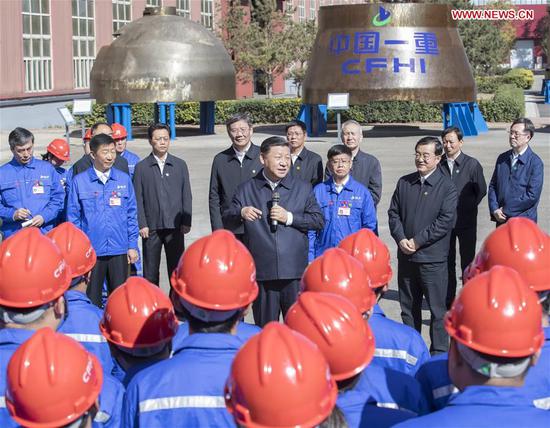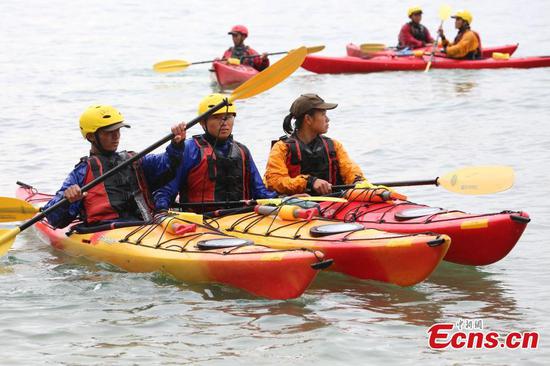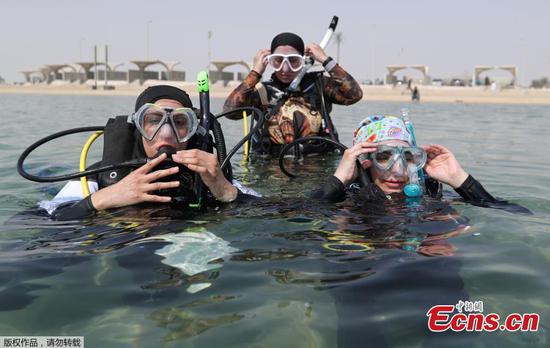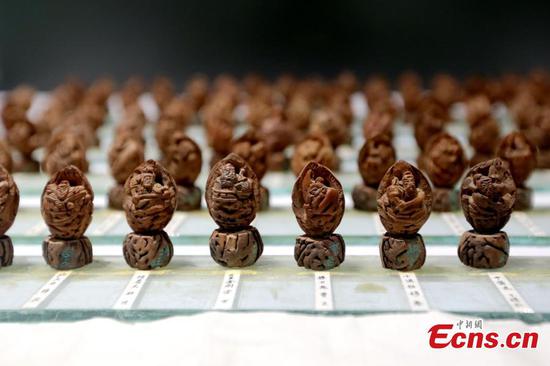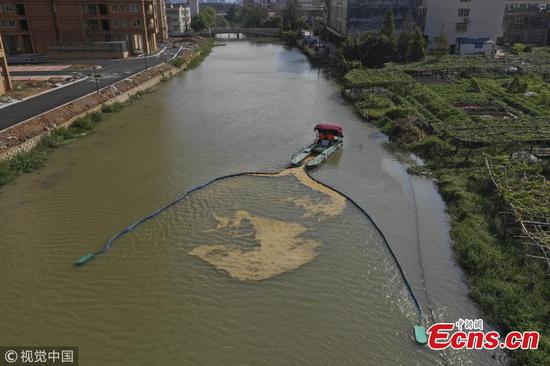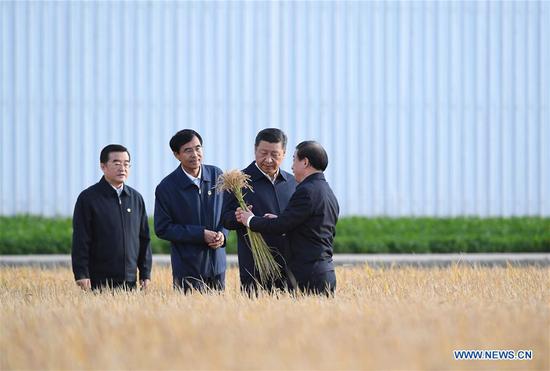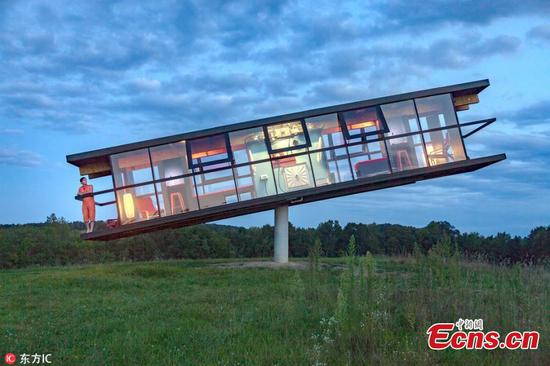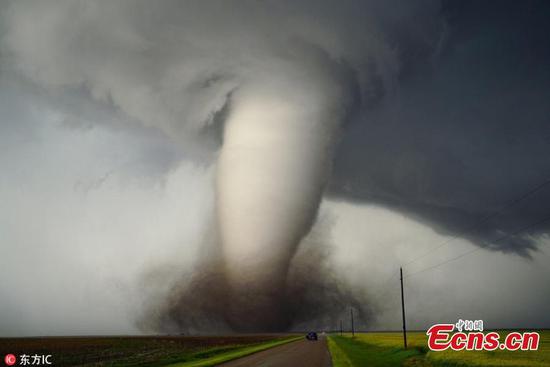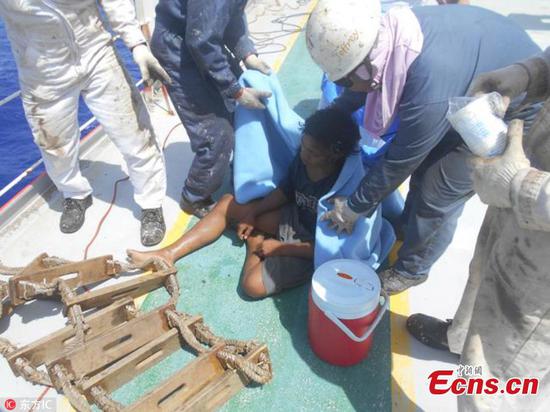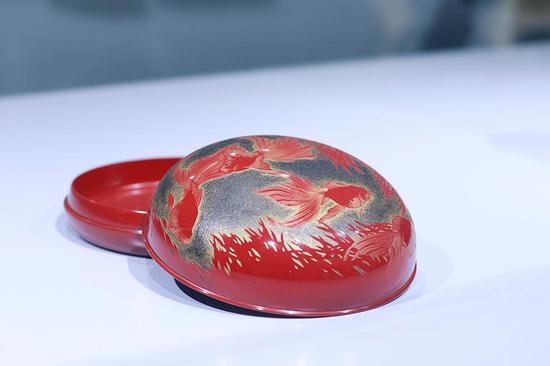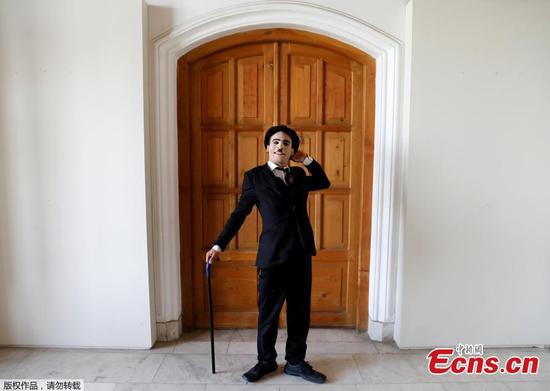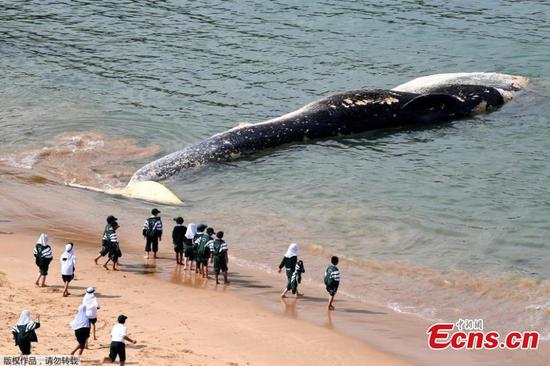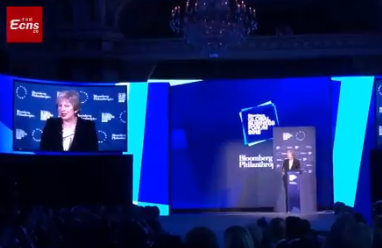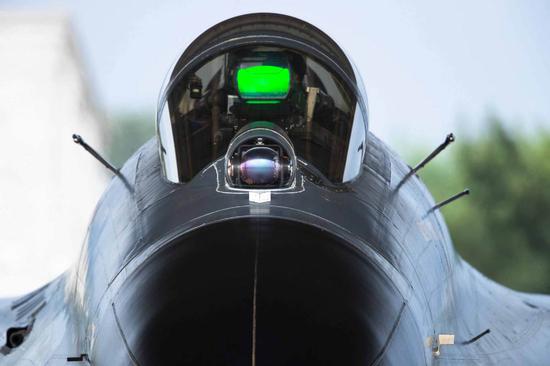
A J-11B jet stands ready to undertake an exercise. (WAN QUAN/FOR CHINA DAILY)
Improved efficiency
The revised training guideline specifies factors such as flying hours, speed, height and weapon loads, and caters more for real combat situations. Ding's squadron was one of the first to adopt the new code.
As one of the first fighter groups established by New China, the squadron is revered throughout the PLA. It participated in five battles during the Korean War (1950-53) and set several combat records in fields such as fighting at close quarters and nighttime sorties. Details of the records have not been made public.
Even though the Korean War ended 65 years ago, "warning boards" from the time still hang every 4 or 5 meters in the corridors of the squadron's building. The words are still legible: "Where are those we fight?"; "What are their weapons and equipment?"; "What kinds of exercises and research are they performing?"; and "What should we do?"
Nowadays, the questions on the boards have been replaced by routine drills based on genuine combat situations, and the revised guidelines require the pilots to explore their jets' potential to the maximum, according to Ding.
"In a real battle, enemies never fight in a routine way, so we need to take every condition into consideration. Therefore, real combat training does not just mean using real weapons or live fire-it refers to a mindset of being on constant call for battle and being prepared at all times. It doesn't matter how long a pilot trains for, reaching strategic goals matters," he said.
"To improve combat effectiveness, more drastic training battles have been organized, backed up by more varied flight maneuvers. Bulletin boards have been set up to warn all the airmen about the dangers of failing to meet real combat standards."
Even when returning to base-usually regarded as the end of a drill and therefore a less-pressured situation-the requirements are still high. Pilots must fly in tactical formation because in a real battle they could never return to base without being harassed by the enemy.
"For a long time, pilot training remained under a command and control center, which was unable to replicate conditions in a real combat situation. Now, pilots are given the freedom to decide their own moves, which means they can decide for themselves how to deal with challenges in the air. The training helps cultivate pilots with all-around abilities," said Wang Mingliang, a professor of military studies at the Air Force Command College of the People's Liberaton Army in Beijing.










